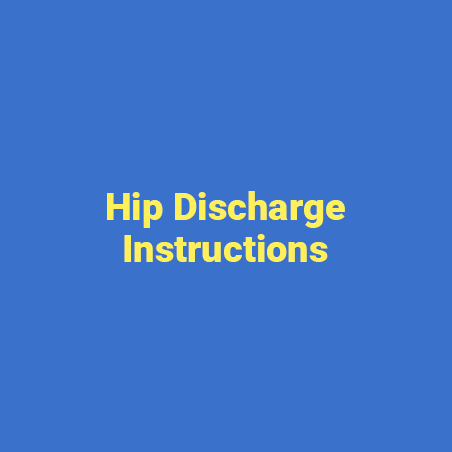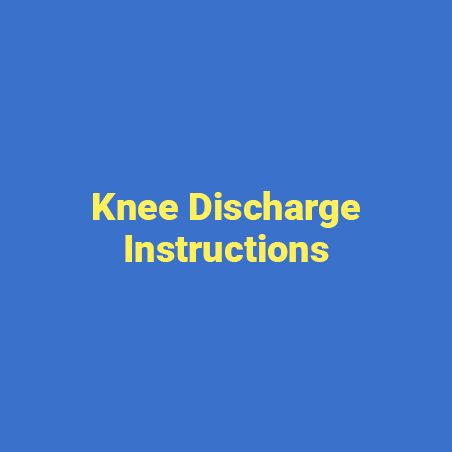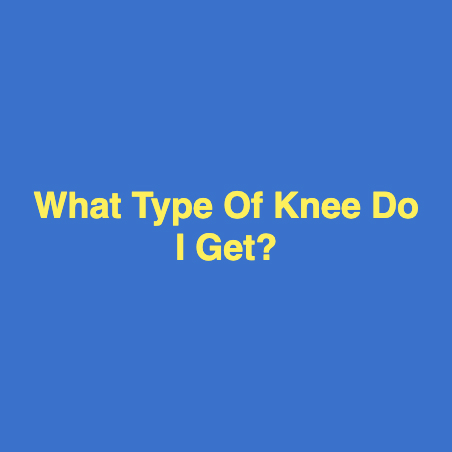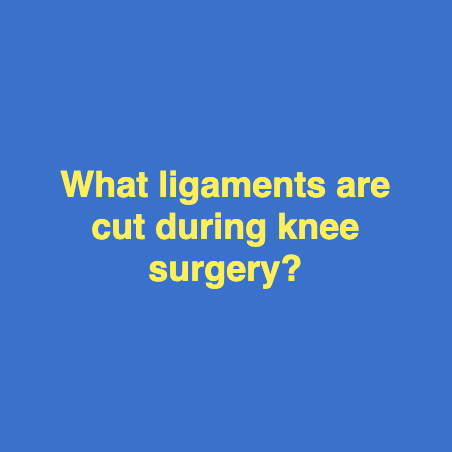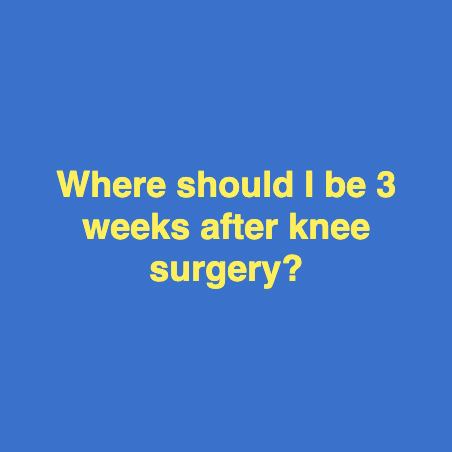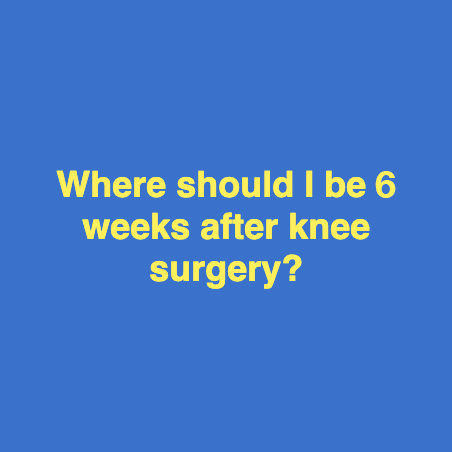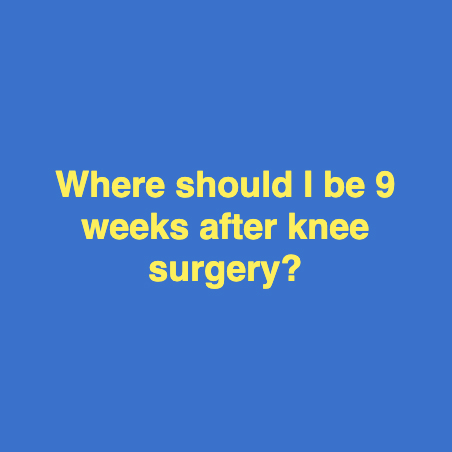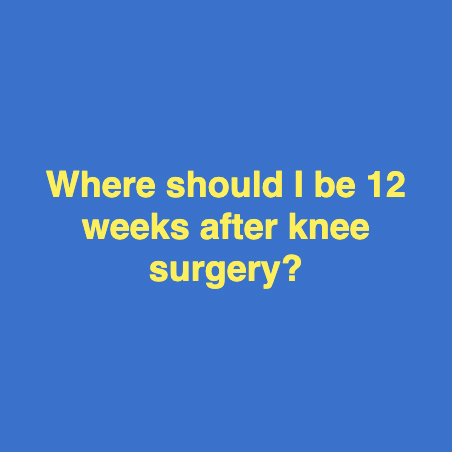Hip dysplasia is a problem where the ball and the socket fit together well and it occurs on a spectrum. So either the socket itself can be poorly formed and shallow, the ball can be not well-centered in the socket or the ball can be completely out of the socket. This is a congenital abnormality, with risk factors being children who are first-born females, those that are born breech, and anyone with a family history of hip dysplasia. All infants should be screened on their initial newborn screen, and then pediatricians screen the hips at every visit looking for either an audible clunk in the hip, asymmetric thigh folds, or differences in limb length discrepancy. Any child who meets the criteria for risk factors or who has an abnormal exam, should be sent for a screening ultrasound at 6 weeks of life and referred to the pediatric orthopedic surgeon. When caught early, these are treated in a pavlik harness which is a harness that keeps the hips in what we call a hip healthy position, with the idea being that if we can get the hip well centered in the socket, the socket will remodel to better contain the hip. The harness is usually worn 23 hours a day for 6-12 weeks depending on the severity and progress is monitored with repeat ultrasound. For those children that fail harness treatment, we can then transition to a rigid orthosis called a rhino brace to try and better contain the hip. For the vast majority of children, a pavlik harness is successful in about 90% of cases, and children with hip dysplasia that’s caught early generally do very well.
Menu





